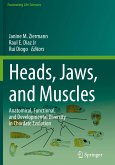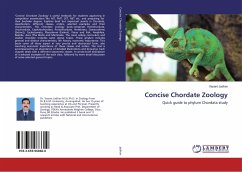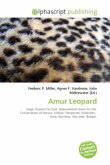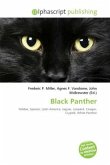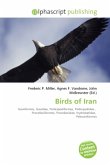Chordates are animals which are either vertebrates or one of several closely related invertebrates. They are united by having, for at least some period of their life cycle, a notochord, a hollow dorsal nerve cord, pharyngeal slits, an endostyle, and a post-anal tail. The phylum Chordata consists of three subphyla: Urochordata, represented by tunicates; Cephalochordata, represented by lancelets; and Craniata, which includes Vertebrata. The Hemichordata have been presented as a fourth chordate subphylum, but they are now usually treated as a separate phylum. Urochordate larvae have both a notochord and a nerve cord which are lost in adulthood. Cephalochordates have a notochord and a nerve cord (but no brain or specialist sensory organs) and a very simple circulatory system. Craniates are the only sub-phylum whose members have skulls. In all craniates except for hagfish, the dorsal hollow nerve cord is surrounded with cartilaginous or bony vertebrae and the notochord is generally reduced; hence, hagfish are not regarded as vertebrates.

